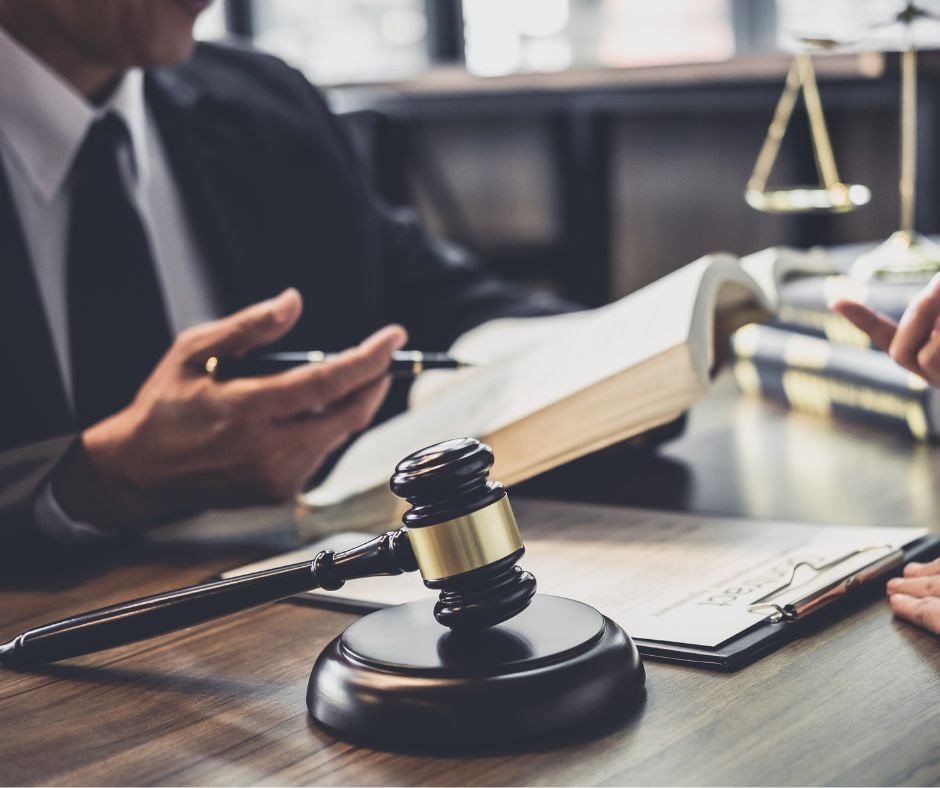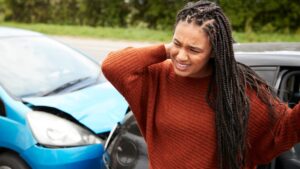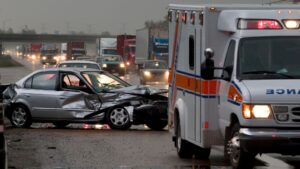
When your vehicle sustains damage on private property, you deserve clarity about your rights and the steps you can take to lessen your financial losses. Liability depends on the unique circumstances of the incident, whether caused by hazardous conditions, negligent property maintenance, or the actions of another driver.
Understanding these factors empowers you to protect your interests and seek appropriate compensation. A car accident on private property may involve multiple parties. Typically, determining fault centers on the actions of the property owner, the driver responsible for the collision, or a combination of factors.
Car Is Damaged on Private Property
Liability for incidents that occur on private property differs from those that happen on public roads. When you face damage, the first step is assessing who is responsible. Washington State law imposes a duty on property owners to maintain a safe environment for visitors. When dangerous conditions exist, such as poorly maintained parking lots or blocked walkways, the owner may be liable if their negligence contributed to the accident. Responsibility can also rest with another driver if their actions lead to a collision on private premises. Evidence collected at the scene—witness statements, video footage, and physical damage—plays a key role in determining fault. A clear grasp of liability ensures you know which party may be held accountable: the property owner or the at-fault driver.
Property Owner Responsibilities
Property owners must maintain their premises in a reasonably safe condition. When hazards such as uneven pavement, obstructed views, or insufficient lighting exist, the owner may be considered negligent if these conditions contribute to an accident. Their failure to act can place visitors at risk, especially if adequate warnings or repairs are not provided.
The legal duty of care applies equally to commercial establishments and private residences that allow public access. This duty extends to all visitors, and any lapse in maintaining a safe environment can form the basis for a legal claim. By understanding these responsibilities, you can better determine if your damage resulted from an owner’s negligence and, if so, how to pursue compensation.
Filing an Insurance Claim
After your car is damaged on private property, you need to report the incident to your insurance provider. Prompt notification is essential because insurers require detailed information to assess the situation. Explain what happened and provide supporting evidence you have gathered, including photographs, witness contact details, and copies of any accident reports.
Insurance companies investigate each claim by reviewing the available evidence. This process helps them determine the extent of the damage and the degree of liability. Whether you are dealing with your own insurer or a third-party claim, clear communication can help expedite the resolution of your claim. A well-documented claim increases the chances of a fair settlement and minimizes delays. Being proactive and organized puts you in a stronger position when working with insurance companies.
Contributory Fault and Negligence After Private Property Incidents
Washington State follows a pure contributory negligence rule. This legal principle means that if you share some responsibility for the accident, your compensation will be reduced by your percentage of fault. Even if another party is primarily at fault, any degree of fault on your part could diminish the overall award. Understanding contributory negligence is crucial when evaluating your case. Courts carefully analyze the evidence, including the behavior of all involved parties, to determine the proportion of fault.
Documenting the Incident
Accurate documentation forms the backbone of your claim. After an incident, take immediate steps to record everything related to the accident. Photograph the damage to your vehicle and any hazardous conditions on the property. Secure contact information from witnesses who observed the incident and ask for their written statements, if possible.
In addition, request any available video footage from security cameras that may have captured the incident. This request must happen promptly, as many security cameras automatically delete footage after a certain amount of time elapses. Detailed documentation supports your claim and provides your legal team with essential evidence for negotiations or court proceedings.
Thorough record-keeping ensures no critical detail is overlooked, strengthening your case for rightful compensation.
Steps for a Smooth Claims Process
The path to a successful claim involves several essential steps. Start by contacting your insurance provider immediately to report the incident. Give them basic information, but keep it brief, and inform them your car accident attorney will handle the matter from here.
Letting your attorney deal with the insurer helps to avoid strategies designed to minimize your payout. Gather all relevant documentation, including photographs, witness details, and accident reports. Inform the property owner of the incident if their negligence might have contributed to the damage.
Next, consult a personal injury attorney who can review your case and provide advice tailored to your situation. They can help you understand the legal implications of the incident, guide you through the contributory fault process, and represent your interests in negotiations with insurers.
Following these steps streamlines the claims process and reinforces your position as you pursue compensation for the damages incurred.
Understanding Your Legal Rights
After a car crash, it is essential to understand your legal rights. If property damage or injuries occur, you can seek compensation for related losses, such as car repair or replacement costs, lost wages, or medical expenses. Washington State law protects your interests by imposing strict duties on property owners and at-fault drivers.
Your rights extend beyond the immediate aftermath of the accident. They also cover long-term concerns, including future repair needs or rehabilitation if injuries persist. By being fully informed of your rights, you can confidently make decisions about whether to pursue a legal claim and how to proceed with negotiations.
Have You Been Involved in a Car Accident on Private Property?
If your vehicle was recently involved in an accident on private property—regardless of whether you were inside the vehicle at the time or not—it’s important to understand your legal options. At Brett McCandlis Brown & Conner, our Washington auto accident attorneys have extensive experience helping clients pursue fair compensation for what they’ve been through.
It’s our goal to ensure that your family is not left paying the financial price of another’s negligence. We’ve recovered more than $100 million for our clients, and we look forward to learning more about how we can help with your situation. To learn more about our services and to schedule a free consultation today, call Brett McCandlis Brown & Conner or connect with us through our secure online contact form.


